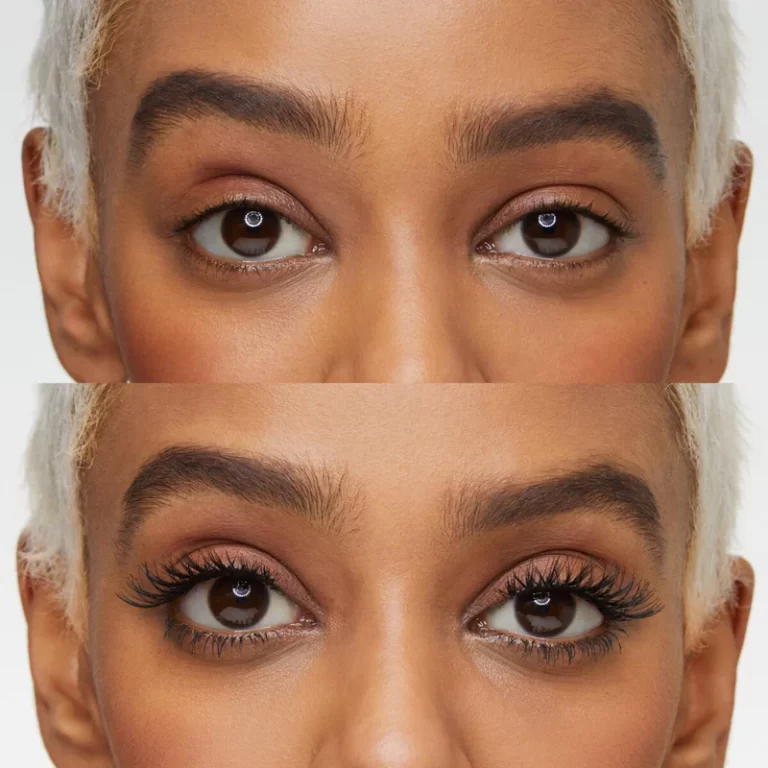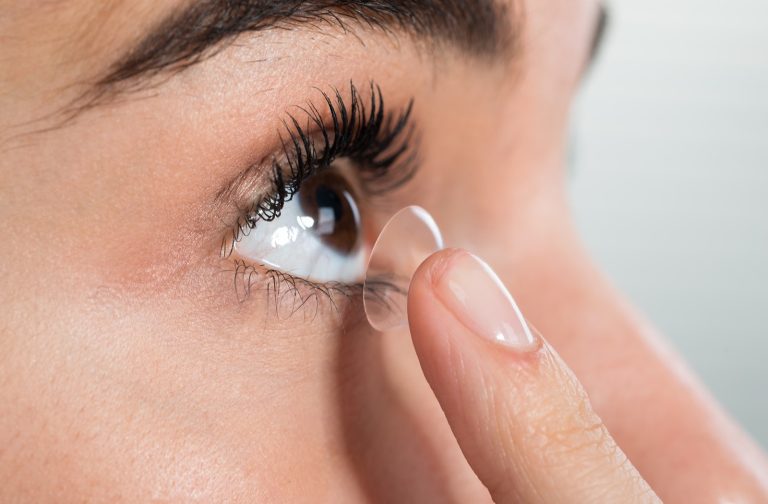
How to Choose the Correct Contact Lenses
How to Choose the Correct Contact Lenses
Selecting the right contact lenses is crucial for comfortable wear and healthy eyes. With so many options available, the process can feel overwhelming. How to choose the correct contact lenses?This guide simplifies it by breaking it down step-by-step. Follow along to find the ideal contacts for your needs.
Determine Your Vision Correction Needs
First, identify why you need contact lenses. Are you nearsighted, farsighted, or do you have astigmatism? Consult your optometrist for an up-to-date vision prescription. This ensures you get lenses that correct your refractive errors properly.
Consider Your Lifestyle
Think about your daily activities and habits when selecting lens types. If you work long hours in front of a computer or engage in sports frequently, you’ll want different lenses compared to someone with an average office job. Be honest about your lifestyle for the best fit.
Choose Between Soft or Rigid Lenses
The two main categories are soft and rigid gas permeable (RGP) lenses. Soft lenses are made from flexible plastics that allow oxygen flow. They are the most popular choice due to their high water content and comfort. RGPs are firmer lenses known for sharper vision but require an adjustment period.
Decide on Lens Replacement Schedule
Contact lenses come with various replacement schedules – dailies, bi-weeklies, monthlies, etc. Daily disposables are the most convenient but costlier. Extend wear lenses last longer but require proper cleaning and care. Consider costs and your ability to stick to the prescribed schedule.
Account for Your Eye Health
Certain eye conditions like dry eye, giant papillary conjunctivitis, or corneal irregularities necessitate specific lens materials or designs. Giant papillary conjunctivitis, for instance, may require gas permeable scleral lenses. Your optometrist can recommend therapeutic lenses accordingly.
Factor in Vision Demands
Your visual needs at work, home, or play determine ideal lens parameters. For example, multifocal or monovision lenses help presbyopic individuals with near and distance vision challenges. Toric lenses correct astigmatism. Discuss your day-to-day visual tasks.
Don’t Ignore Eye Color and Health
Factors like iris color and tear production levels affect contact lens fits too. This is why your practitioner examines your eyes and performs tests before prescribing. Be transparent about any eye dryness, redness, or discomfort during fittings.
Consider Vision Correction Alternatives
Sometimes glasses are better than contacts for certain situations like playing high-impact sports or when recovering from eye infections/injuries. Refractive surgeries like LASIK could potentially eliminate the need for vision correction altogether. Explore all options.
Evaluate Lens Care System Requirements
The lens care system you select depends on the lenses themselves. Solutions, cases, and accessories differ for frequent replacement versus conventional wear schedules. Using inappropriate systems raises infection risks and shortens lens lifespans.
Review Cost and Your Budget
Though priceless, healthy vision has fees attached. Calculate the overall costs from consultations to solutions when exploring options. Weigh them against your budget to arrive at an affordable yet reliable choice. Don’t cut corners on eye health expenses.
Stick to your Optometrist’s Instructions
Follow your eye doctor’s advice on everything from insertion/removal techniques to approved make-up usage and replacement timelines. They customize recommendations based on your unique eyes and visual needs. Being non-compliant jeopardizes safety and lens performance.
In Conclusion
Finding optimal contact lenses boils down to assessing your vision correction requirements, lifestyle patterns, budgets, and eye doctor’s guidance. Be meticulous during consultations and fittings to get the most suitable, comfortable and safe option. With some diligence, you’re sure to land the perfect contacts!



